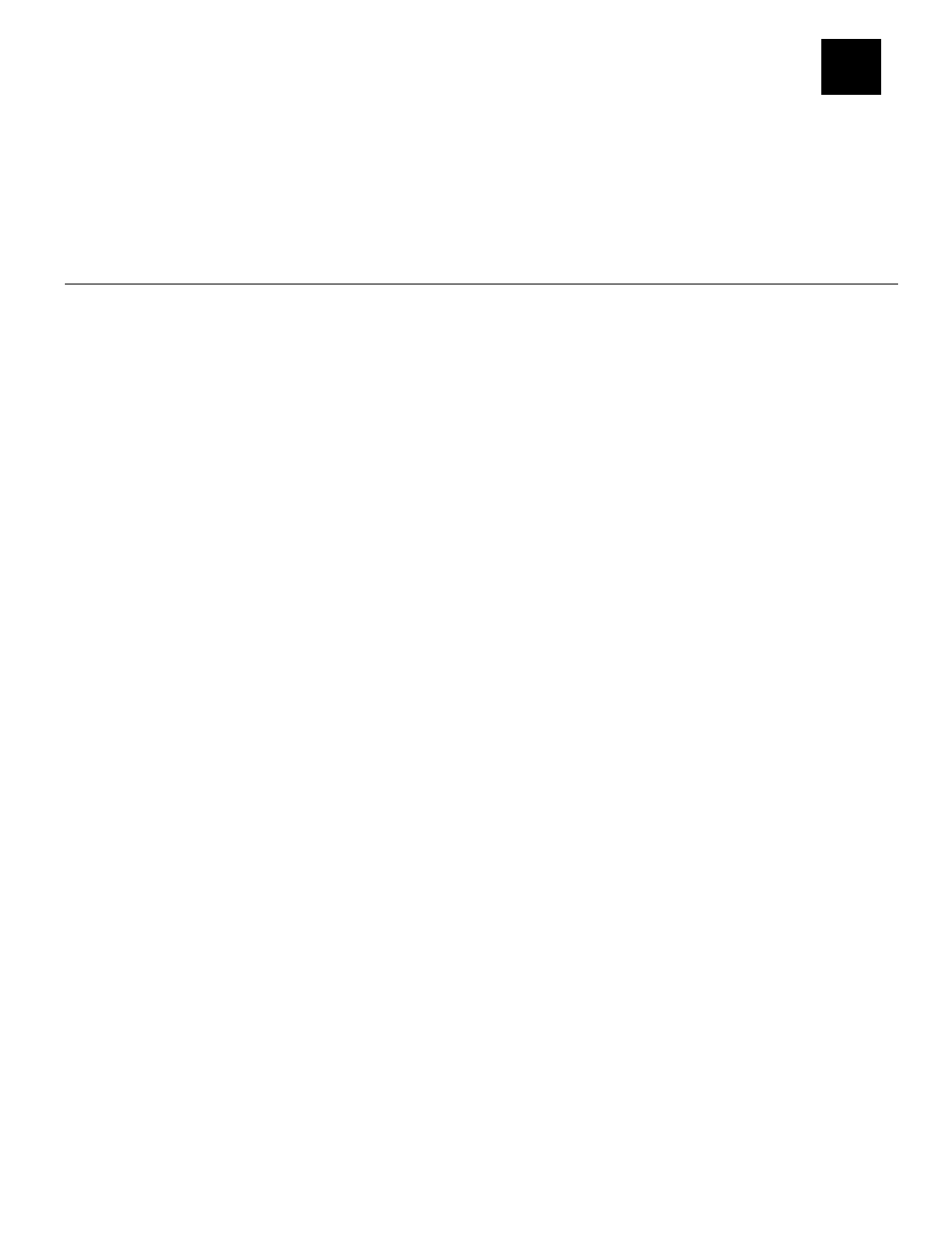Defining field setup xml tags, Defining the fields container (required), Defining the textfield (required) – Avery Dennison Pathfinder 6057 LNT Programmer Manual using XML User Manual
Page 21: Defining field setup xml tags -1, Defining the fields container (required) -1, Defining the textfield (required) -1

Defining Field Setup XML Tags 3-1
D E F I N I N G F I E L D S E T U P X M L TA G S
This chapter provides a reference for defining the field setup XML tags, which is the label’s
layout:
♦
text and constant text fields
♦
bar code fields
♦
line, box, ellipse, and graphic fields.
D e f i n i n g t h e F i el d s Co n t ai n e r ( Re q u i r ed )
The Fields tag is a container for all field setup XML tags (label layout) in the LNT file. There
must be one of these within the <Image> tag.
It contains the following attribute: count.
Syntax
<Fields count=”value”>
field information
</Fields>
count
The number of fields on t he label. Use an integer from 1 to 65535.
Note :
Line, Bo x, Ellipse, and gr aphic fields must be included in this total.
Example
<Fields count=”4”>
field information
</Fields>
Specifies the label contains four fields.
Defining the Tex tField (Required)
The TextField tag specifies how the text field appears on the label.
It contains the following attribute: id.
Syntax
<TextField id=”value” >
text field information
</TextField>
id
The identifier (name) of t he te xt field. An y applica tions using LNT should
reference this data. Use any 32-character ma ximu m (UNICODE) string. Do
not use the same name for t wo fields or an error occurs!
Example
<TextField id=”Price” >
text field information
</TextField>
Specifies a text field called “Price” in the LNT file.
3